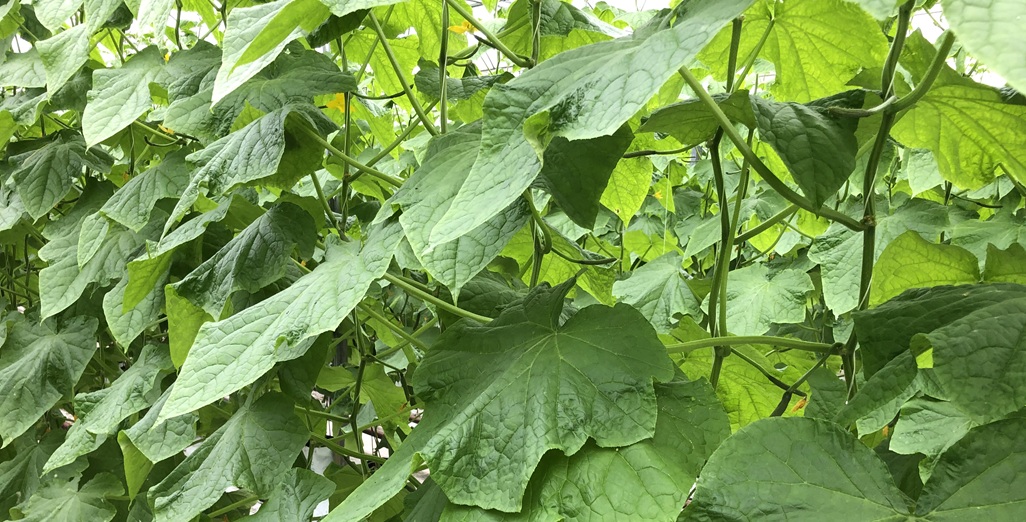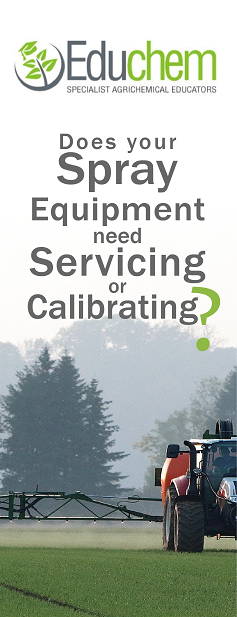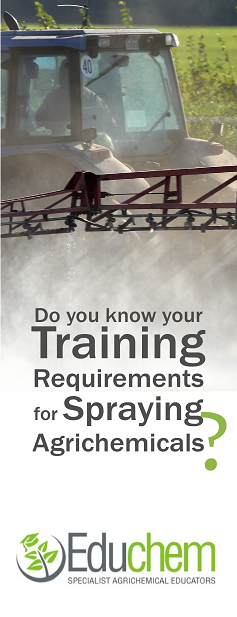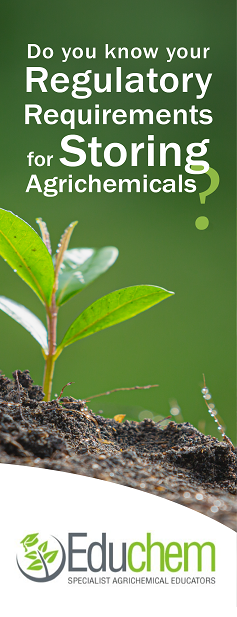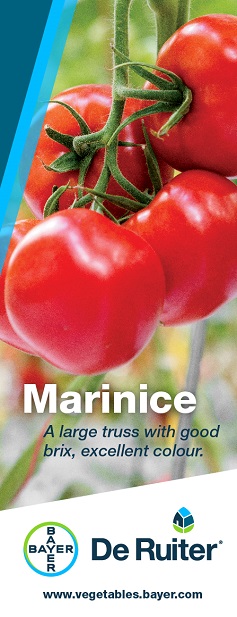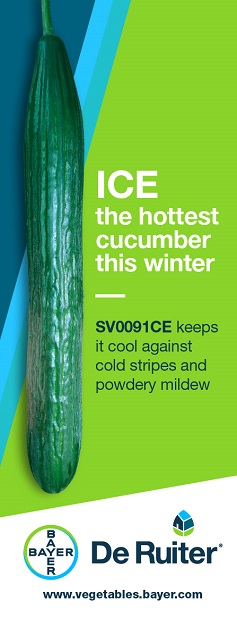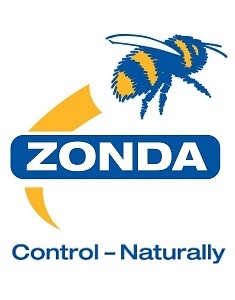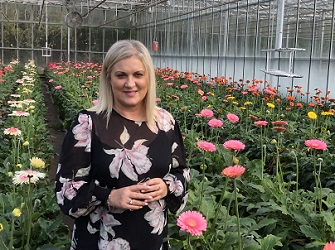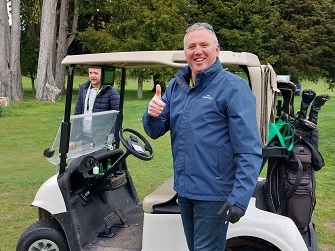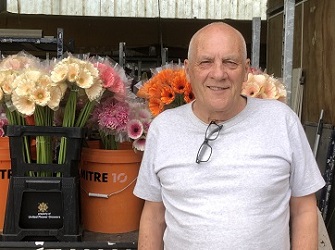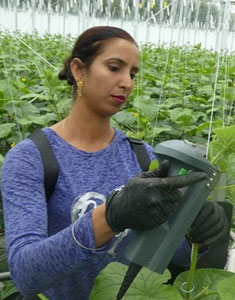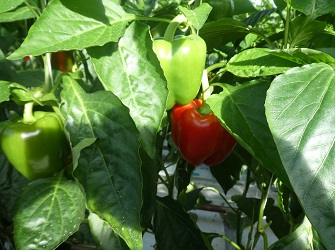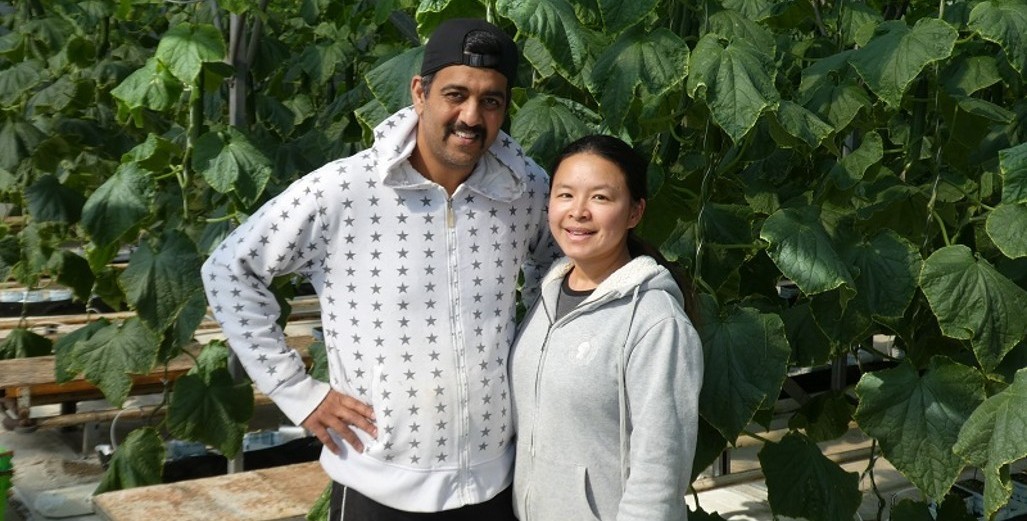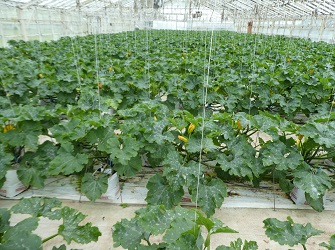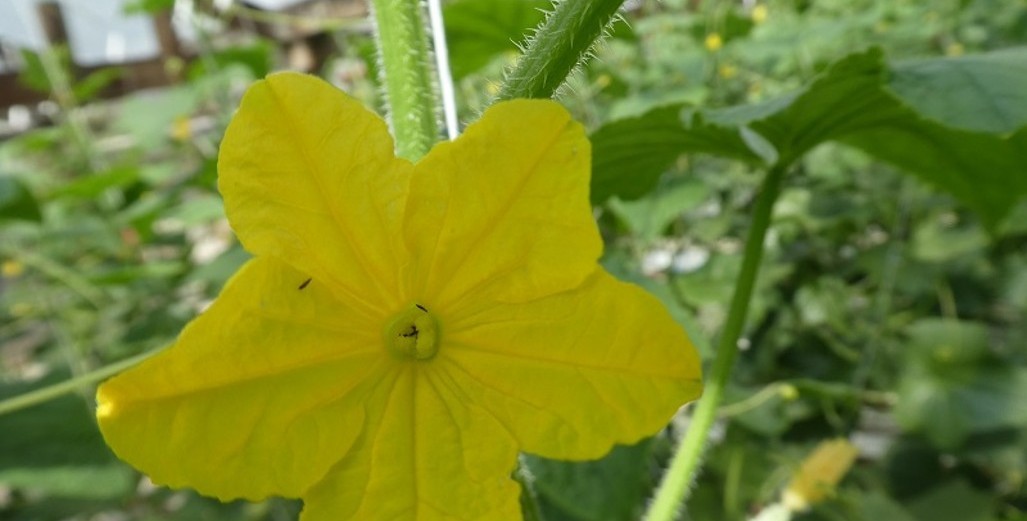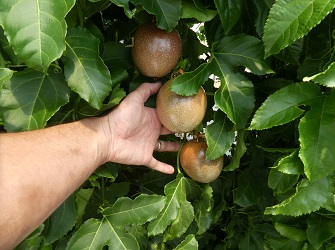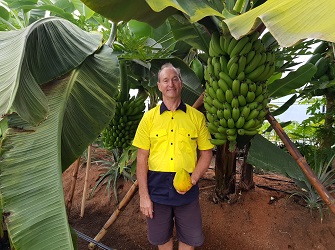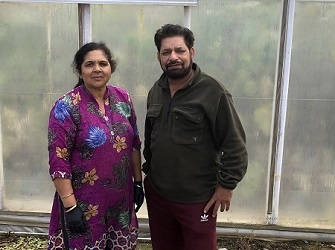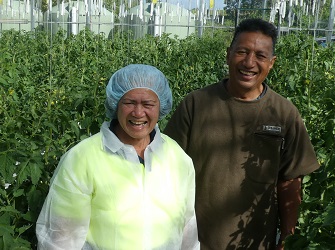Sign up here to subscribe to the Grower2grower Ezine. Every two weeks you will receive new articles, specific to the protected cropping industry, informing you of industry news and events straight to your inbox.
Oct 2023
From Northland to Whakatane – I keep seeing more and more home gardens with banana crops.
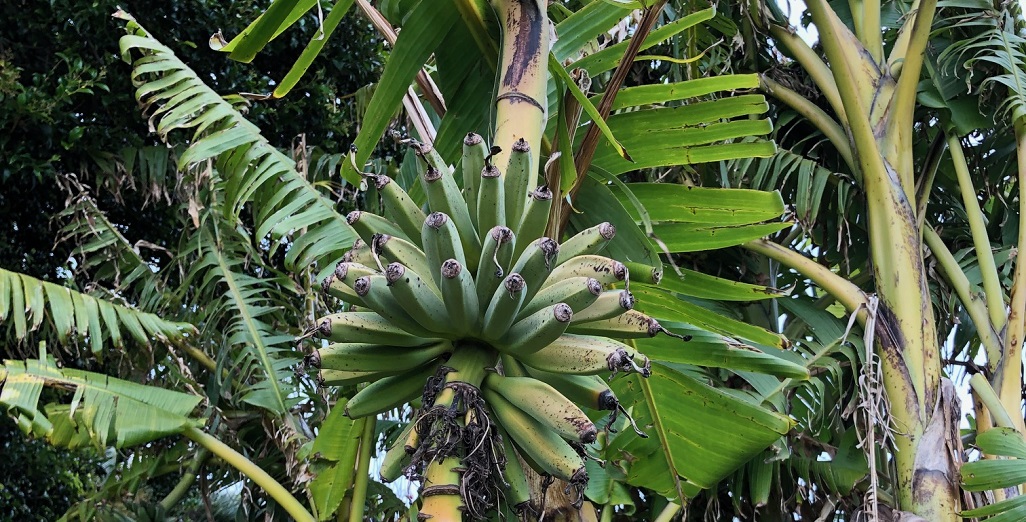
Do the returns warrant the investment into commercial production?
On Labour weekend I travelled to Whakatane to visit friends. During the long drive I literally ‘drove’ my family mad with all the pointing and shouting every time I spotted banana plants. It is no coincidence that more and more home gardeners are planting bananas. The reason being- they can harvest crops, from them, on a regular basis. I see a huge opportunity in NZ for low-medium tech commercial greenhouse operations to grow organic bananas.
The bananas we eat 99% + of the time are imported from countries with different labour laws to ours. This may be one of the reasons the price we pay is artificially low! All the fruit imported (bananas are actually a berry) need to be harvested green then artificially ripened once imported into NZ. Generally, the price per KG of imported bananas retails between NZ $3-5 per kg. A huge chunk of that cost, post farmgate, is in the international transport, packaging & handling, artificial ripening, and local distribution, leaving minimal profit margins for those in the supply chain. If you broke it down the farmer must be left with a pittance. It is a heavy and bulky product that takes up space. Oh, the carbon footprint!
If you are a greenhouse grower in NZ growing food for local markets, it is a stipulation from most wholesale and retailers that to supply produce you must be NZ GAP registered. NZGAP (New Zealand Good Agricultural Practice) certifies the safe and sustainable production of fruit and vegetables in New Zealand. NZ GAP is now a programme recognised as a fully benchmarked Global GAP scheme . I presume that the same rule applied to NZ growers would apply for imported produce. As a consumer (of lots) of imported bananas, I want to know what have those imported bananas been sprayed, fumigated, and irrigated with before I consume them and the frequency!

Image above Karaka, South Auckland

Image above and cover photo Manurewa, South Auckland
In NZ due to reduced pest and disease pressure on bananas, controlling production with little or no chemical intervention is possible. For any pest pressure there is a very high probability that IPM programmes would work well. A priority is bio security and to prevent diseases that effect other countries from entering NZ.
Currently, if you are lucky enough to live in areas like Whangarei, you may be able to purchase NZ grown bananas year-round. Good friend of Grower2Grower Geoff Mansell, from Kotare Subtropicals, along with co-founder Roslyn Norrie have been working incredibly hard to make the commercialisation of bananas in New Zealand a reality. See their latest news release below.
Locally grown bananas banish the winter blues.
Northland-based grower cooperative Kotare Subtropicals is branching out and bringing New Zealand-grown tropical fruit to a supermarket near you. Aiming to give locals an alternative to food mile-heavy and fumigated imported fruit, you can now choose to put spray-free, sustainably grown bananas from just up the road in your trolley instead. You can expect other delights such as New Zealand-grown pineapples and papayas to be the next crops coming on stream in the future.
According to Roslyn Norrie from Kotare Subtropicals, as we develop our NZ grown banana, pineapple and papaya and increase supplies into our supermarkets we are offering NZ customers more home-grown produce. This is beneficial to our employment, economic and environmental outcomes and makes us more self-sufficient.
What are the main advantages of purchasing locally grown over imported fruit? All the imported bananas you’ll find on the supermarket shelf are Cavendish variety, picked green for shipping and artificially ripened when they arrive here. Banana growers in New Zealand are producing many other different varieties, with the potential to offer shoppers a wider range of flavours and choice – some bananas have citrusy flavours, others are more creamy-tasting. Because bananas grow a little slower here than they do in the tropics, they have time to develop unique and subtle subtropical flavours and a firm-to-the-bite texture. Because they can be harvested and transported to market over a much shorter timeframe, they ripen naturally, have a longer shelf life and their often-smaller size makes them convenient for lunch boxes too.
Where can you purchase Northland-grown bananas? Te Waerenga Farms is part of a Kaianuku Whenua Māori Organic Co-operative, is a Kotare Subtropicals site operator, and provides a supply of Lady Finger and locally grown Cavendish bananas to Kerikeri New World. Whangārei PAK’nSAVE have been selling Kotare Subtropicals’ New Zealand-grown bananas since mid-2020. Kotare Subtropicals’ bananas are now wrapped in labelling made from forestry-derived recycled ‘plant polypropylene’, a renewable material. Bunches sized to suit school lunches, or anytime fresh light snack.
Keen to grow your own bananas? Visit: https://www.kotaresubtropicals.co.nz/
Roslyn roslynnorrie@gmail.com or Geoff kotarefarm@yahoo.co.nz
Roslyn Norrie 021838104 Geoff Mansell 0274347041
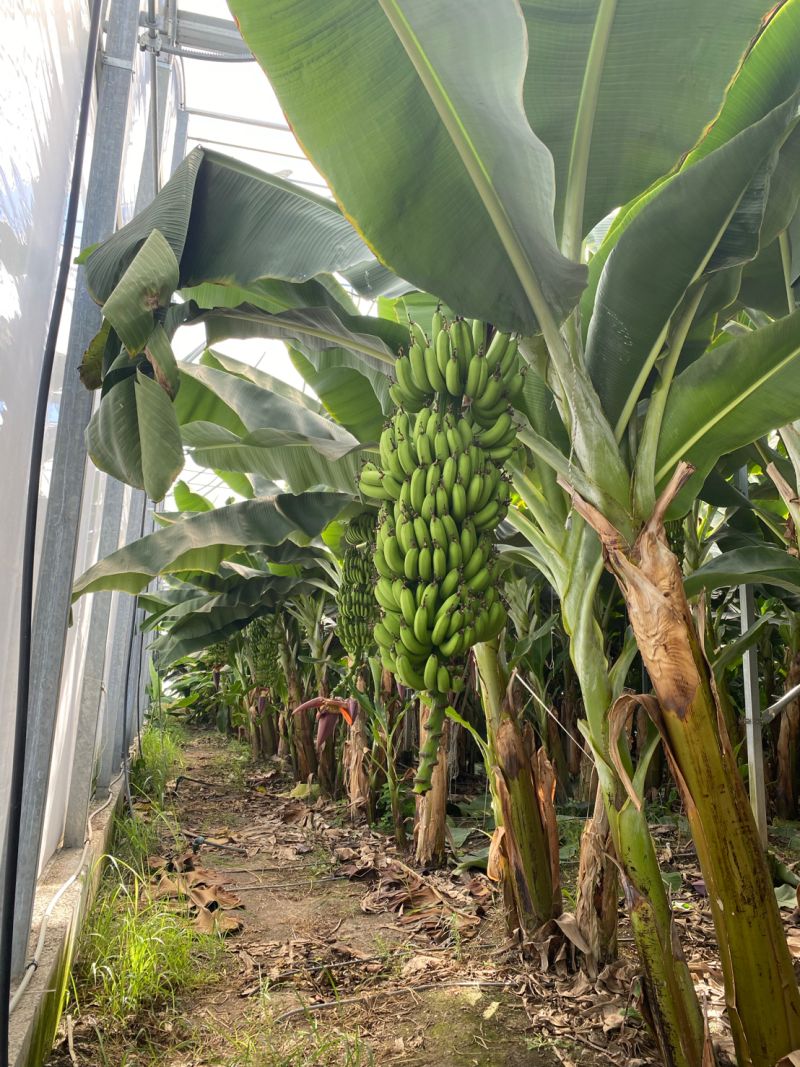
An illustration of how a greenhouse banana growing operation would look.
Article compiled by Stefan Vogrincic.
All Article’s checked and edited by Marie Vogrincic. For all media releases please send to marie@grower2grower.co.nz or upload directly: https://www.grower2grower.co.nz/article-form/
I appreciate your comments. Please feel free to comment on the grower2grower Facebook page or email: stefan@grower2grower.co.nz
CLASSIFIED
Photo
Gallery
Subscribe to our E-Zine
More
From This Category
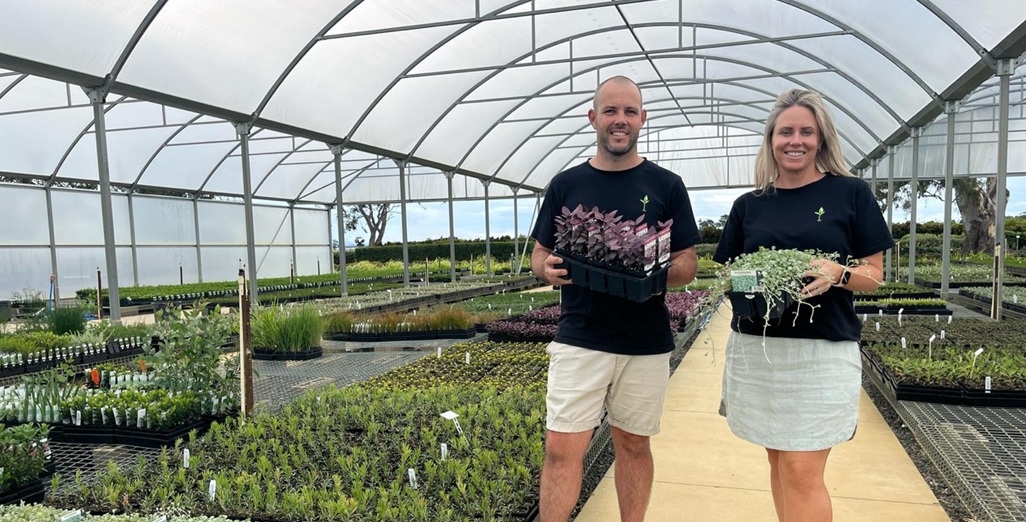
Program launched to unlock grower solutions for Australia’s biggest horticulture challenges
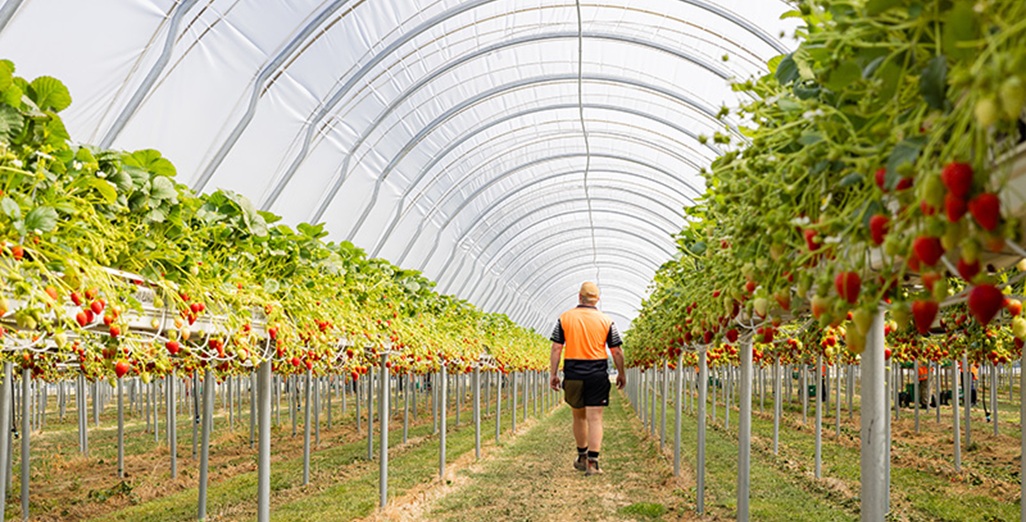
BerryWorld Strawberries Win Gold at 2025 Outstanding Food Producers Awards
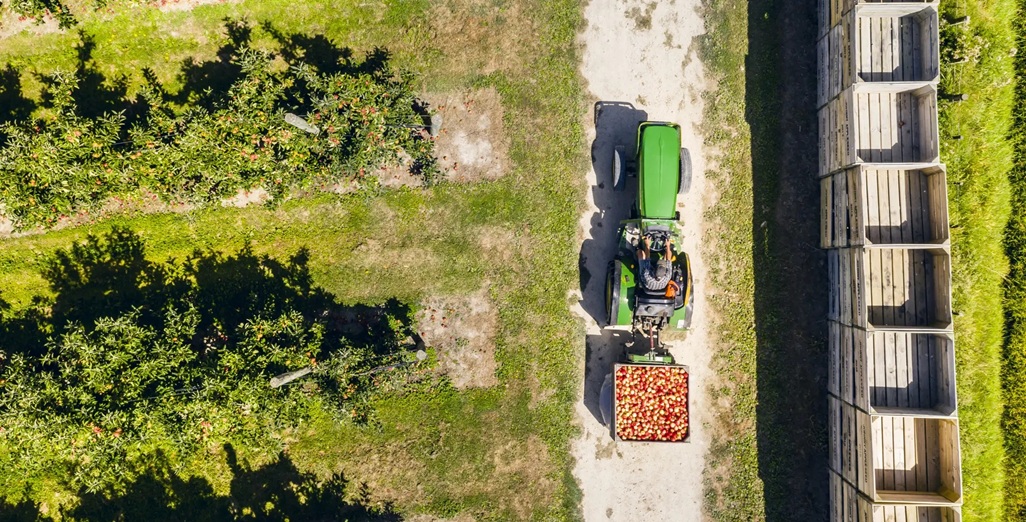
Have your say on application for new fungicide
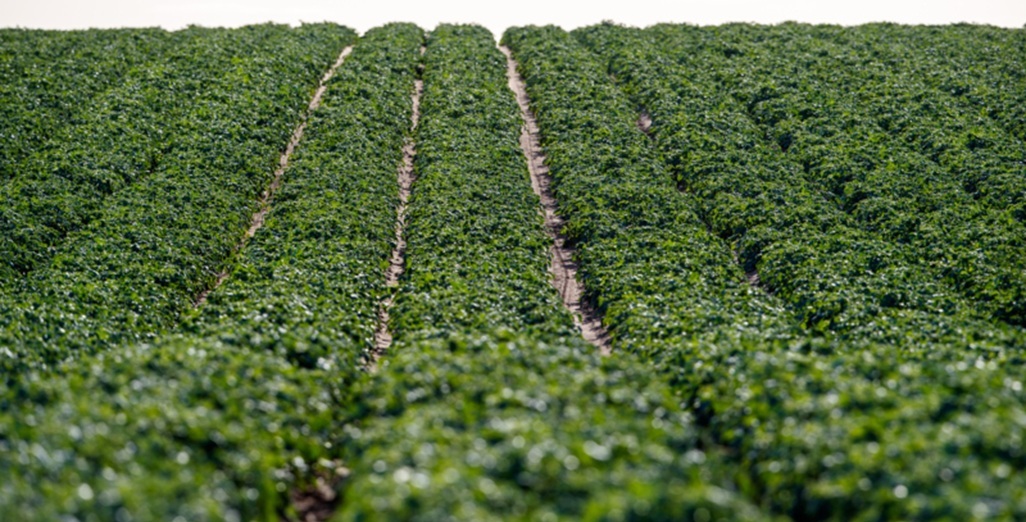
Australian Horticulture production value skyrockets to $17 billion

Bayer says Sivanto Prime has a new way of working that targets sucking pests such as aphids, nysius fly and springtails
